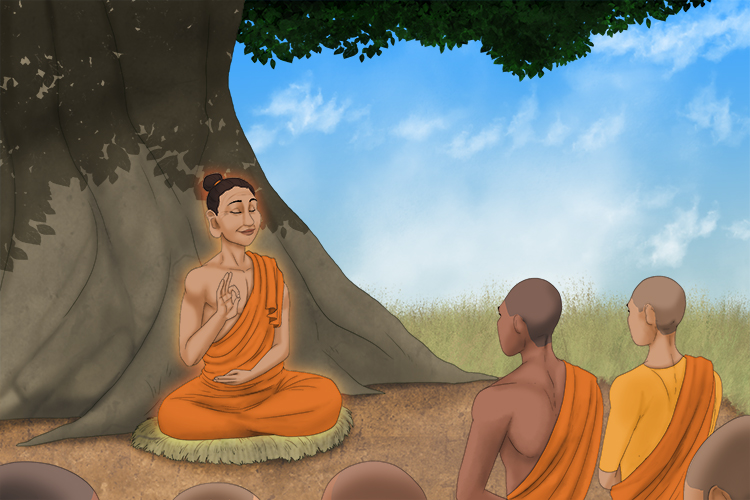Introduction - Becoming Buddha
Siddhartha Gautama was a nobleman who lived in ancient India between the 5th and 4th century B.C.E. He is regarded as the founder of the Buddhism religion and came to be known as Buddha. He taught people to follow the path to enlightenment.
The Dhamma = the Buddha's teachings.
He led an extravagant and sheltered life as the son of a warrior king. He had been protected from suffering by not being allowed to encounter imperfections, death, sickness or old age. But, he got bored of these indulgences, so at 29 he wandered into the world for understanding.
He set off from the palace in a chariot driven by his chariot driver, Channa.
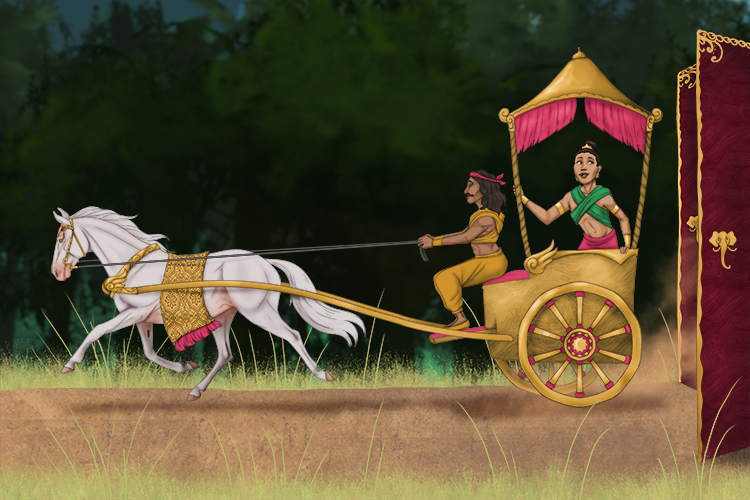
He encountered "four sights", which were the four things Siddhartha Gautama saw for the first time after leaving the palace.
1. An old person. The first thing that Siddhartha saw was an old man, weak and frail, and he realised that one day he too would become old, physically decline and suffer.
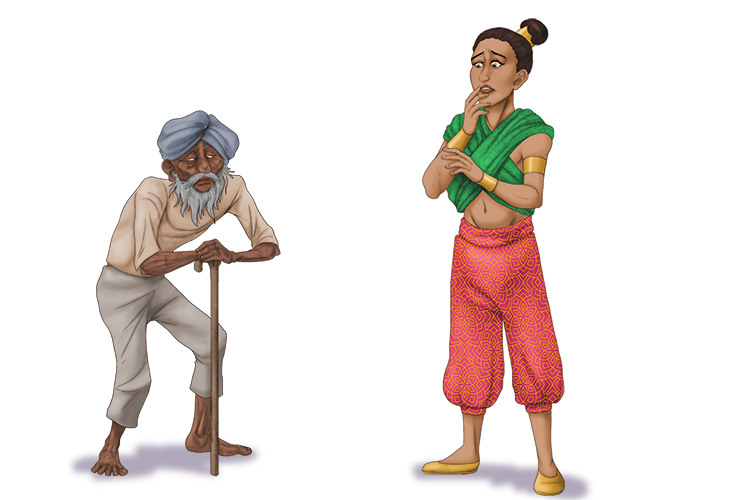
2. A sick man. For Siddhartha to see someone sick for the first time was a shock. The person was suffering and this family would be worrying and suffering too.
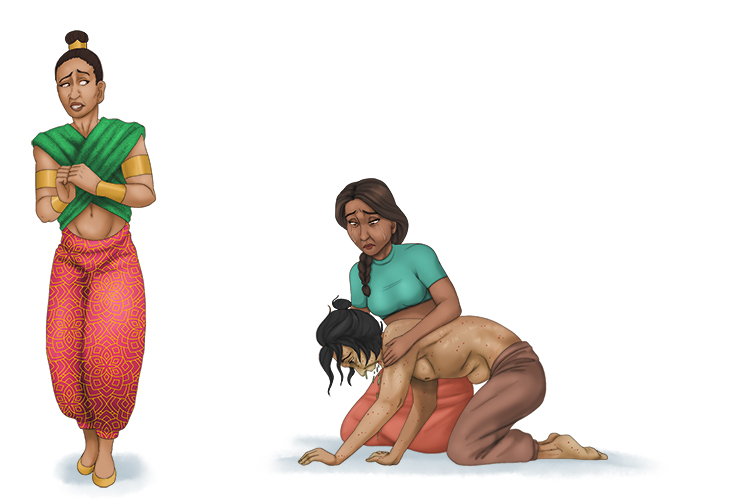
3. A corpse. Siddhartha saw a corpse on a funeral pyre and realised that he would not live forever and the family of the dead man would be suffering.
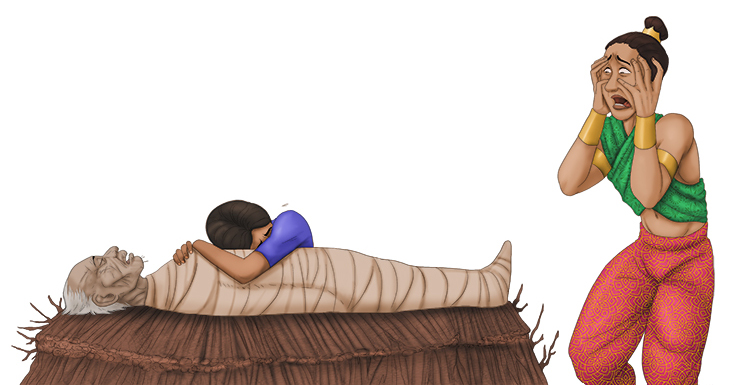
4. A holy man. The fourth sighting was a holy man who lived a life of self-denial (an ascetic). This ascetic man was calm, happy and at peace with the world even though he had no possessions.
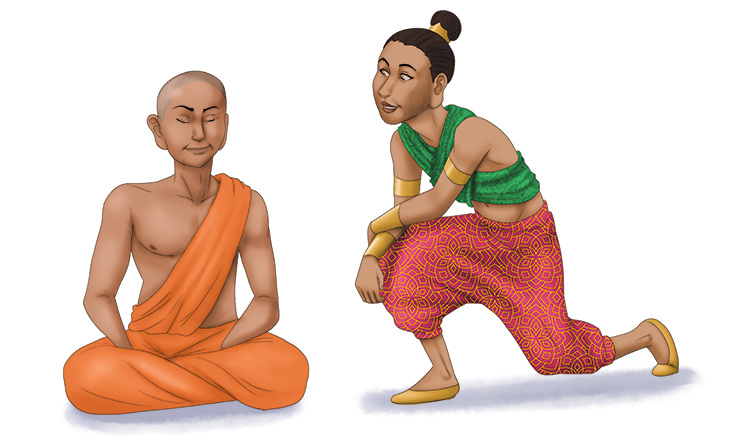
Siddhartha returned to the palace and questioned his father about why he had been so protected. His father's reply, that it was "Because of love," was not acceptable. Siddhartha wanted to know why people suffered and how to end their suffering, so he said goodbye to his wife and child while they slept and left the palace, never to return.

Siddhartha decided to become a holy man, an ascetic (avoiding physical pleasure and strict self-denial) with five other ascetics 100 miles away from his home. He tried meditating and severe fasting.
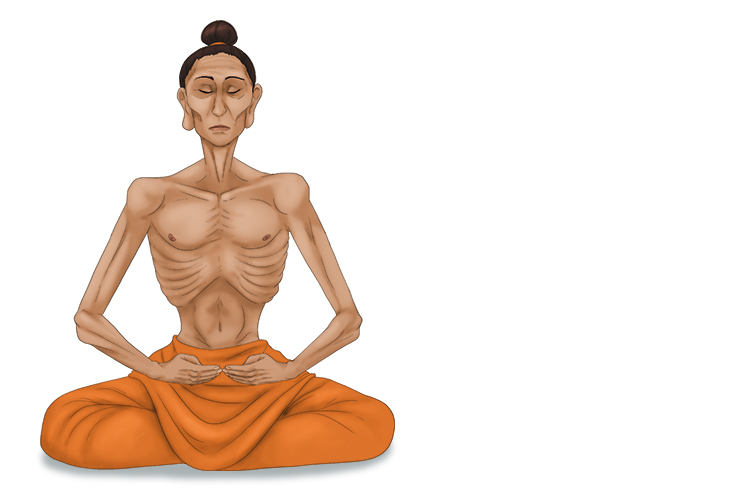
Eventually he found a middle way.
He sat meditating under a Bodhi tree in a town called Bodh Gaya and attained "Awakening", the start of "Enlightenment". From this point, the five ascetics became his disciples and then he gathered a community of monks, called Sangh. There were no barriers on caste or race and women could join, too.
Buddha taught for a further 45 years and built a large following.
